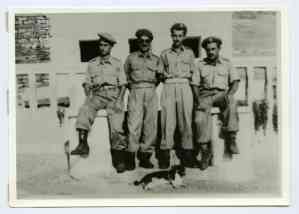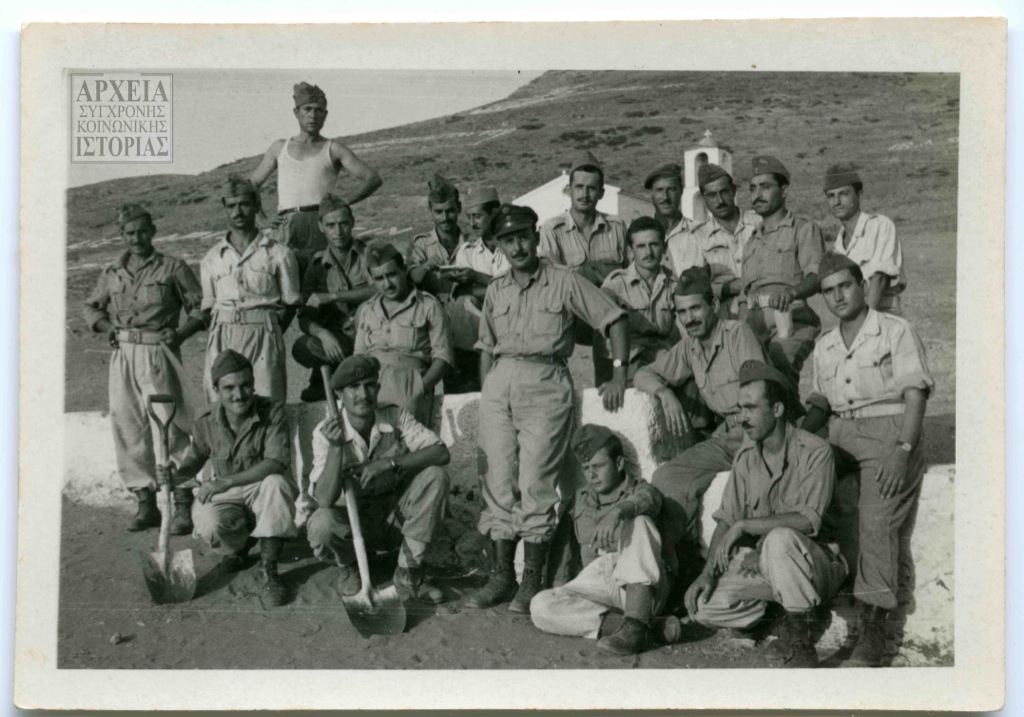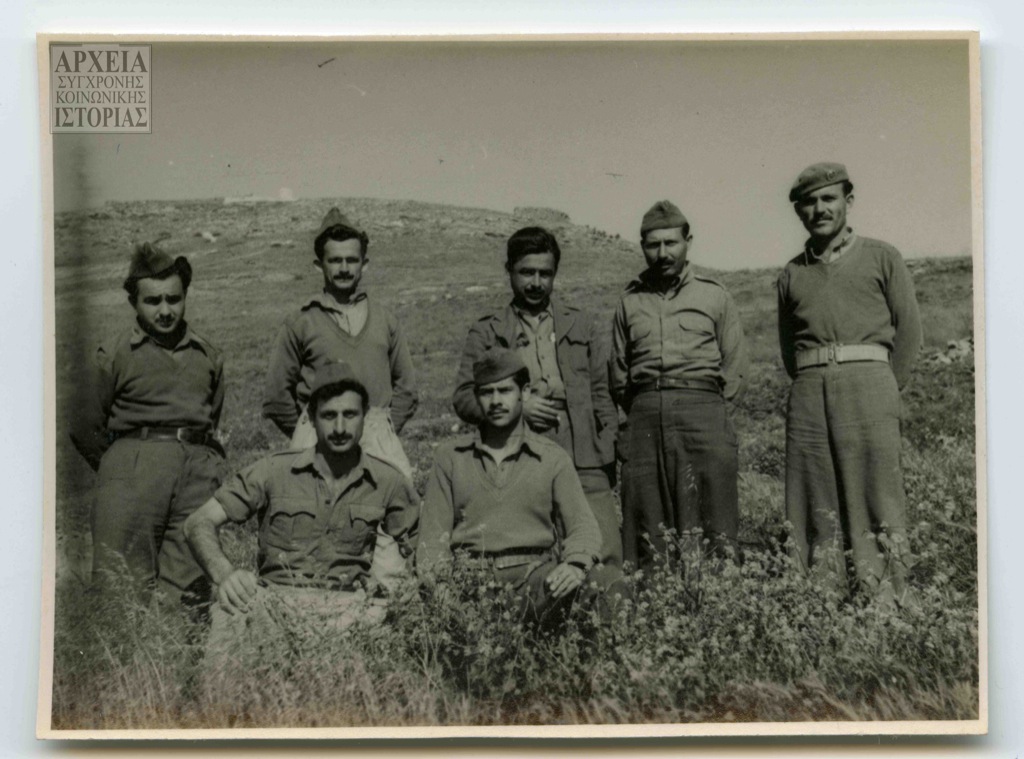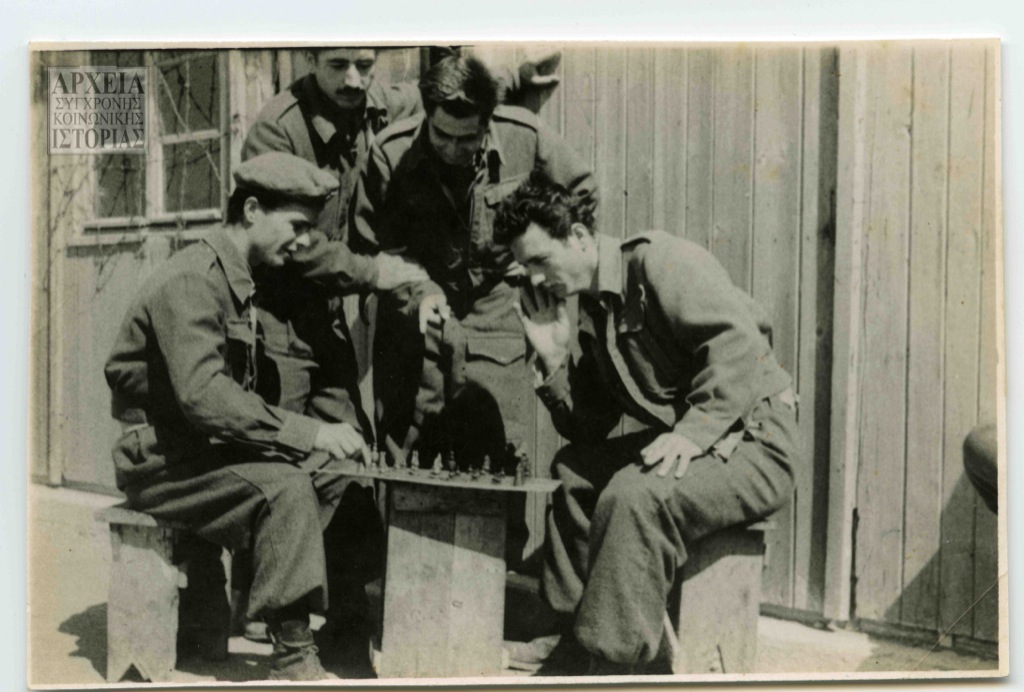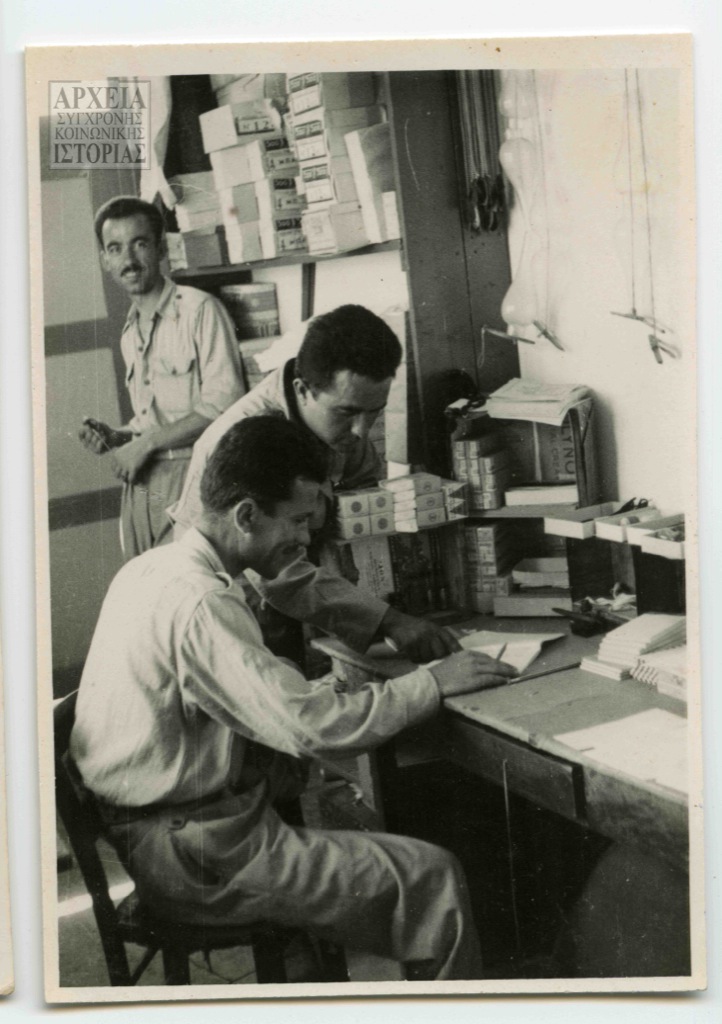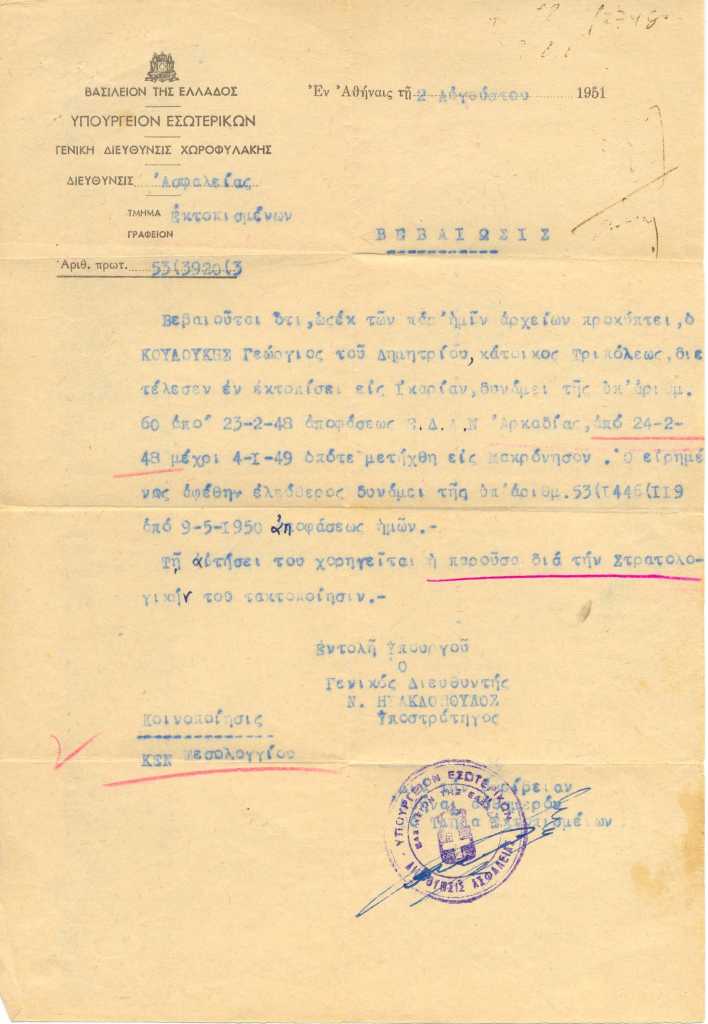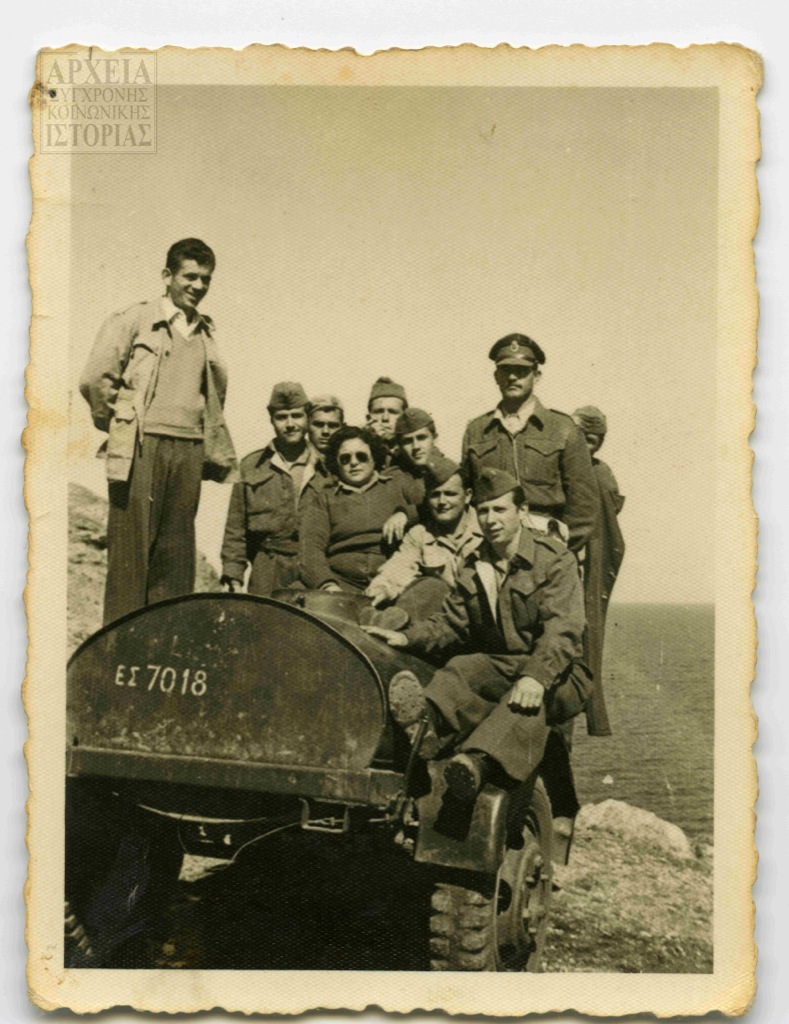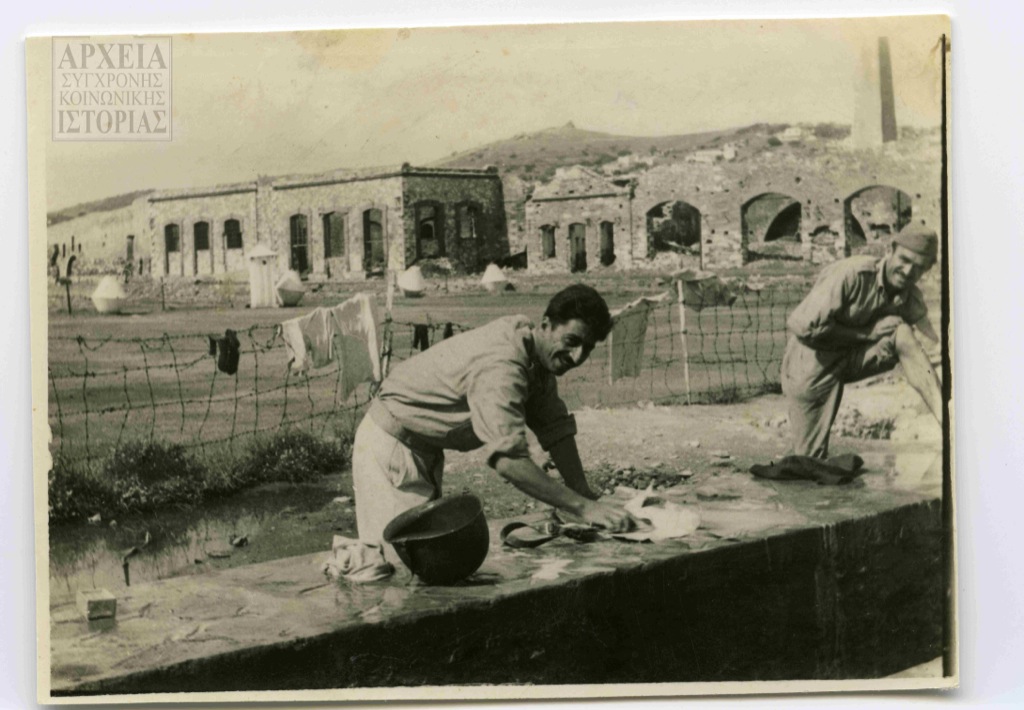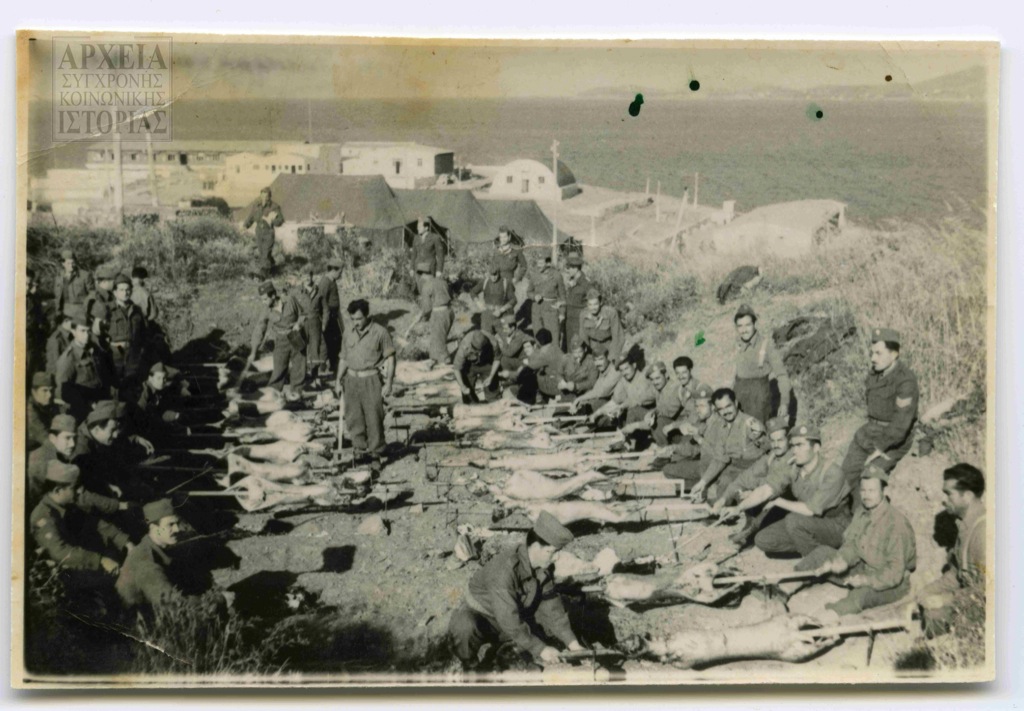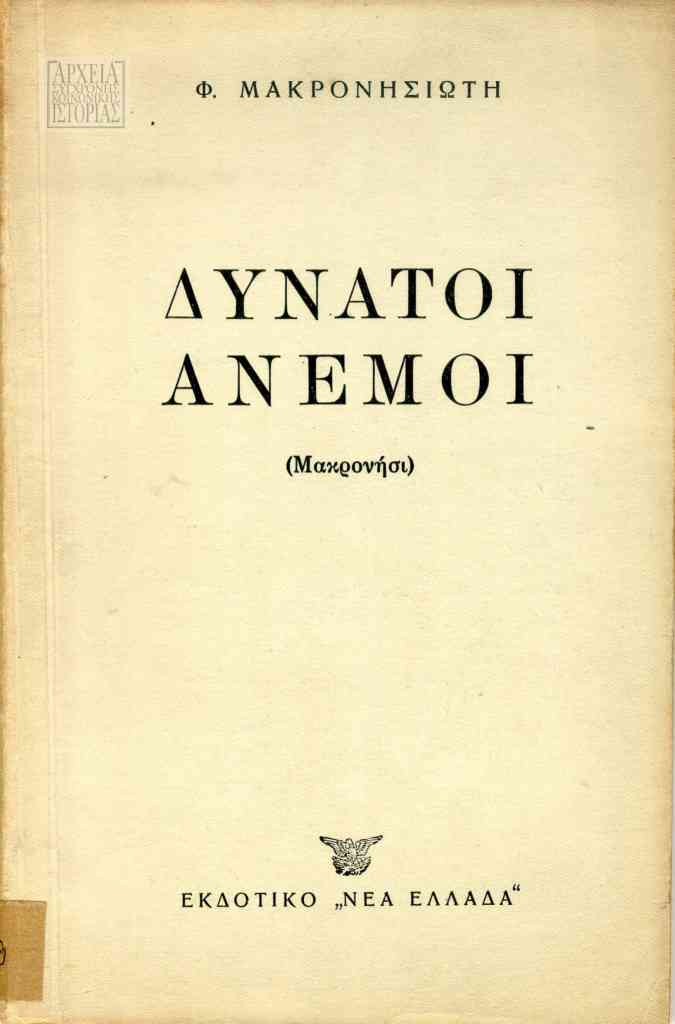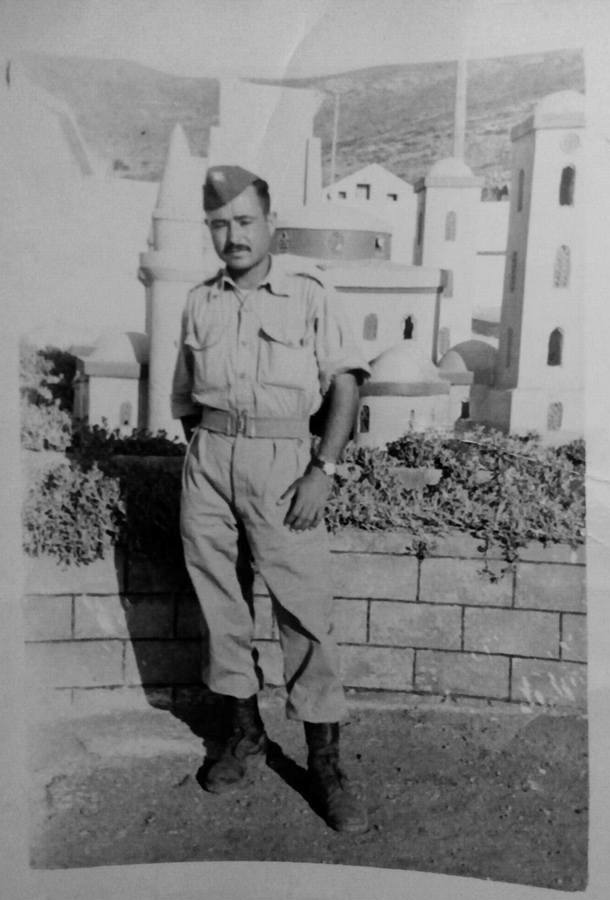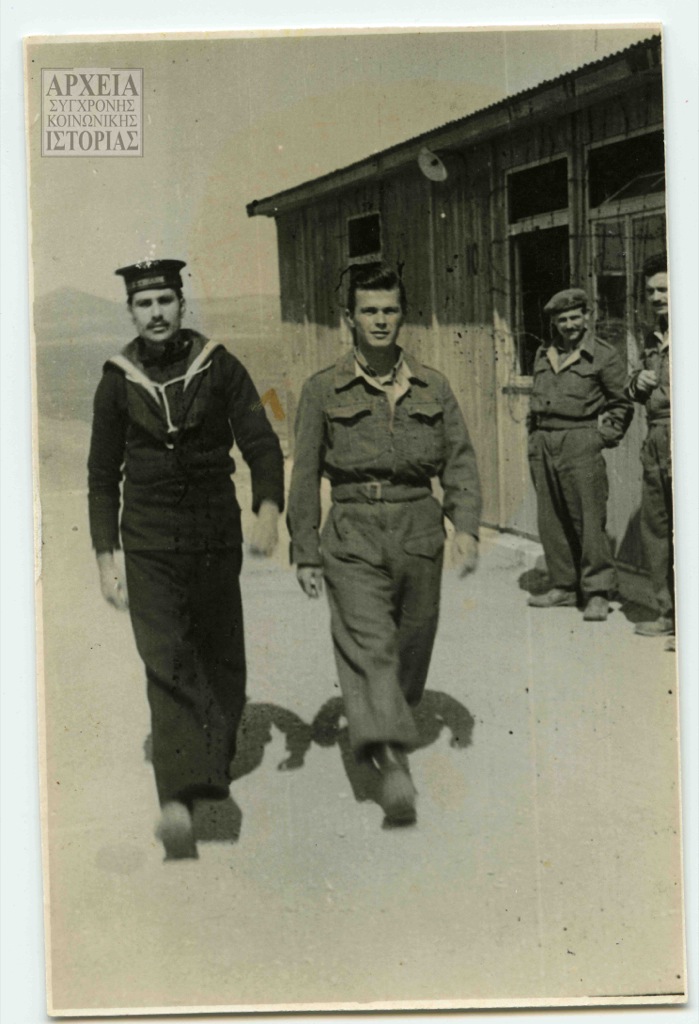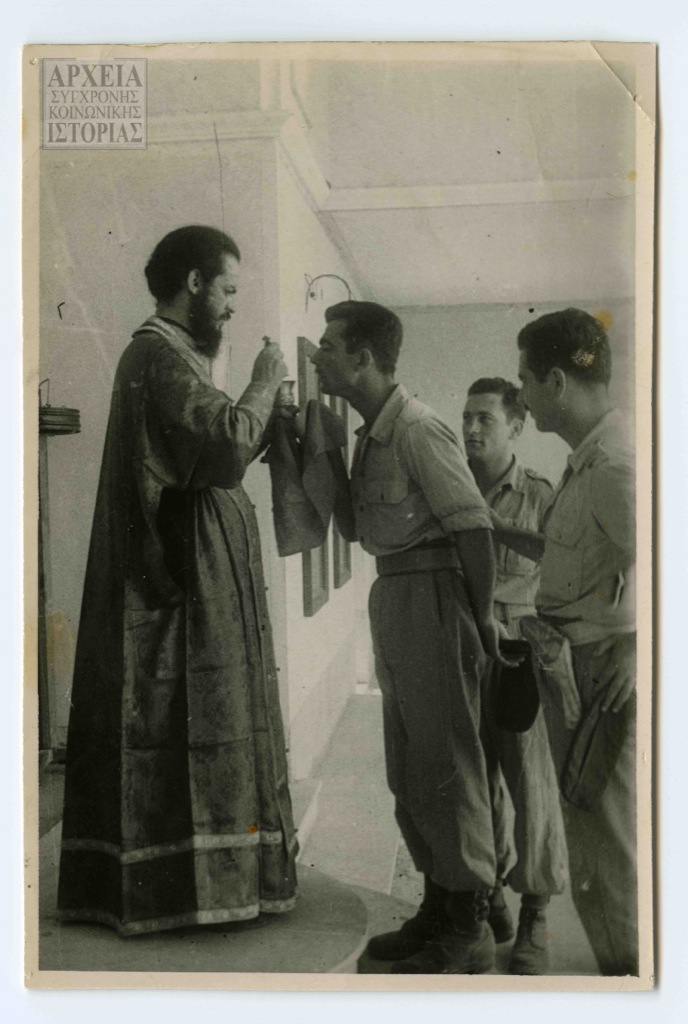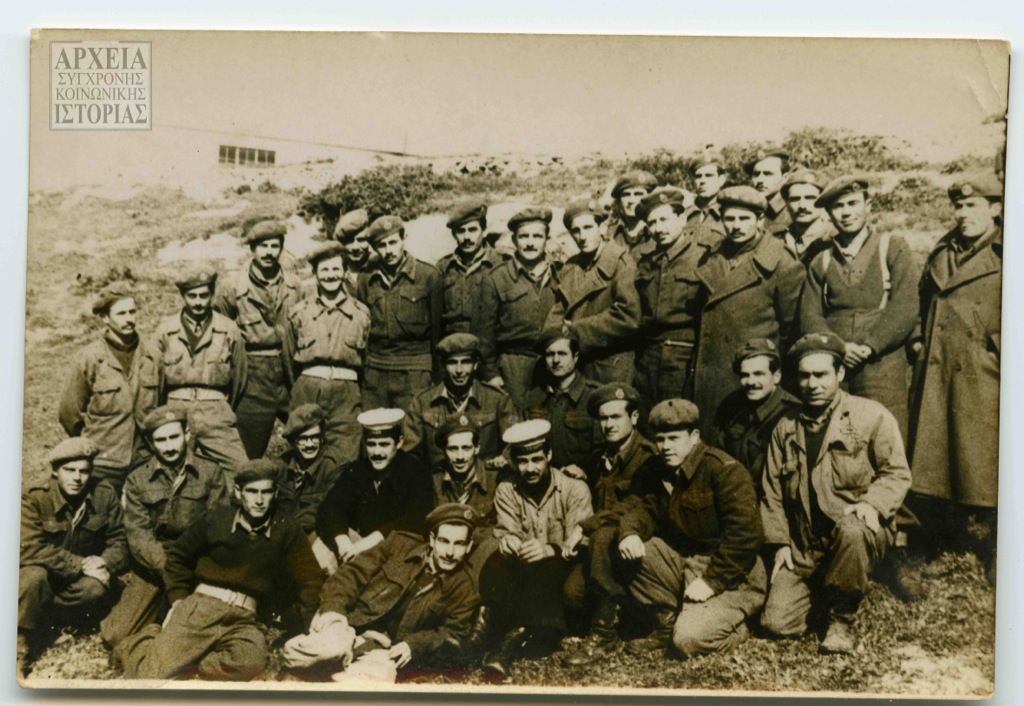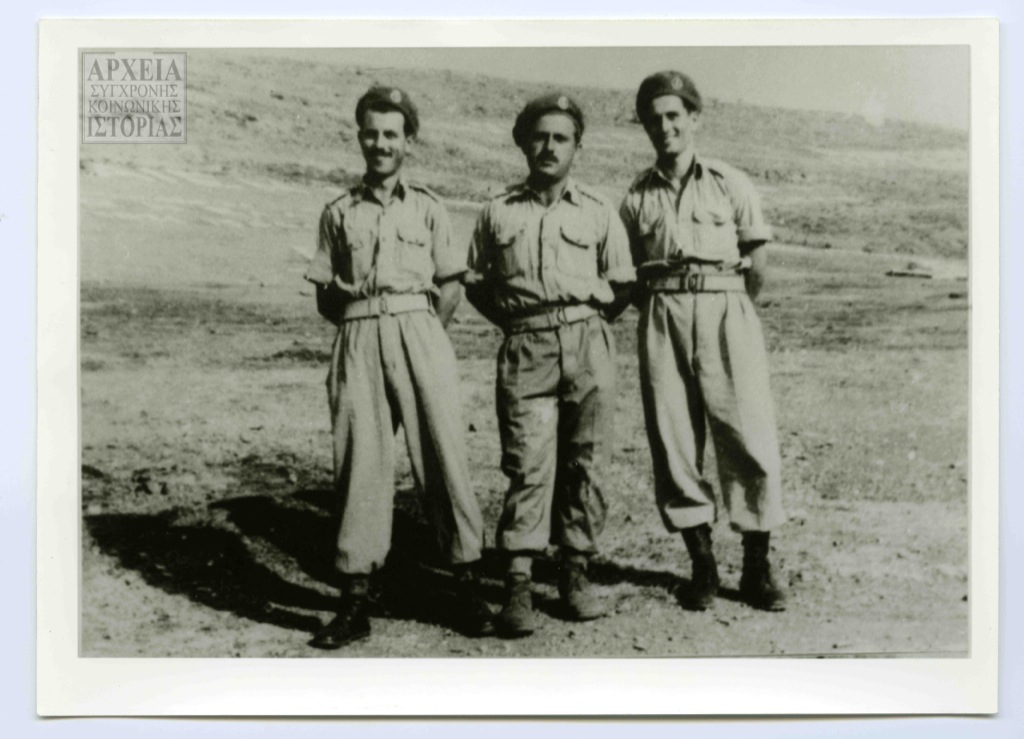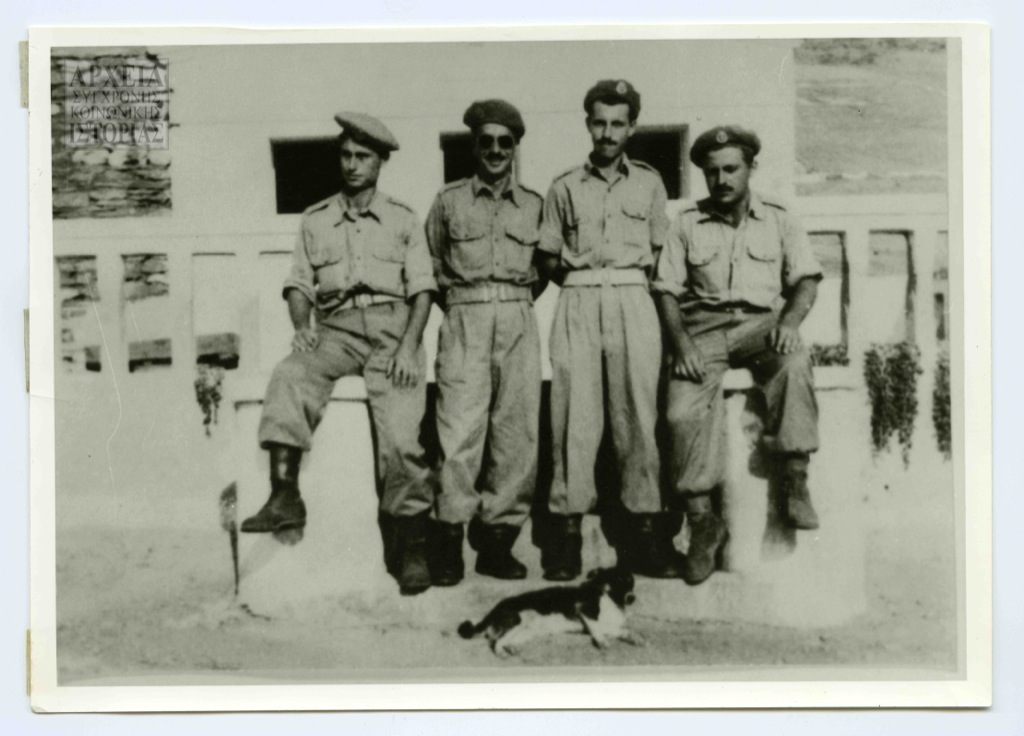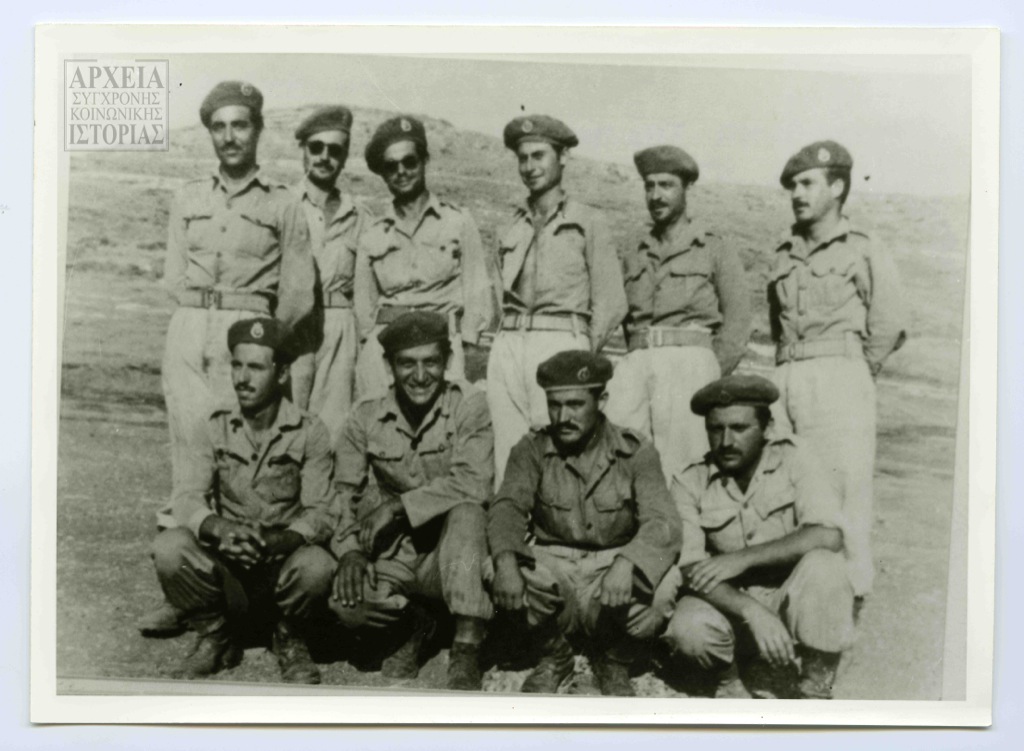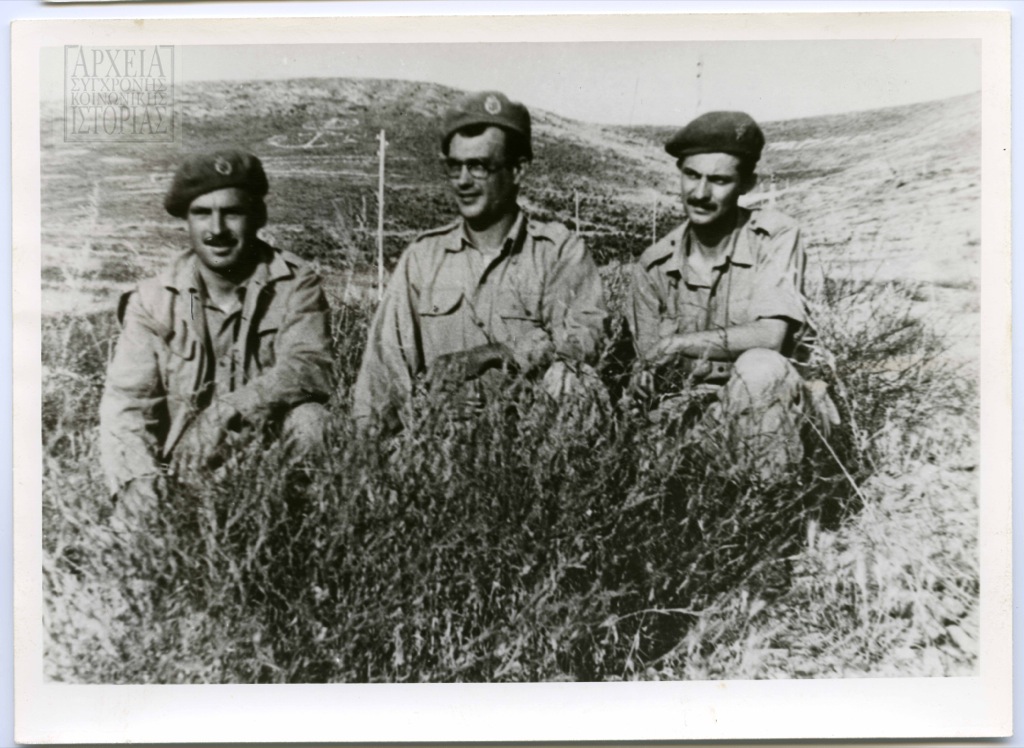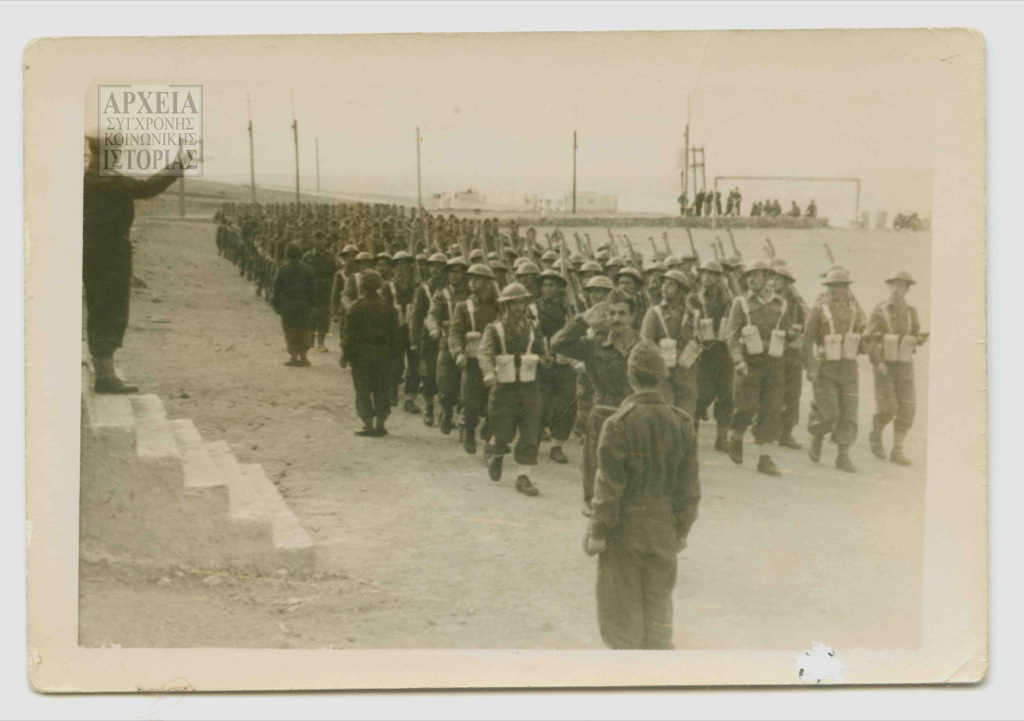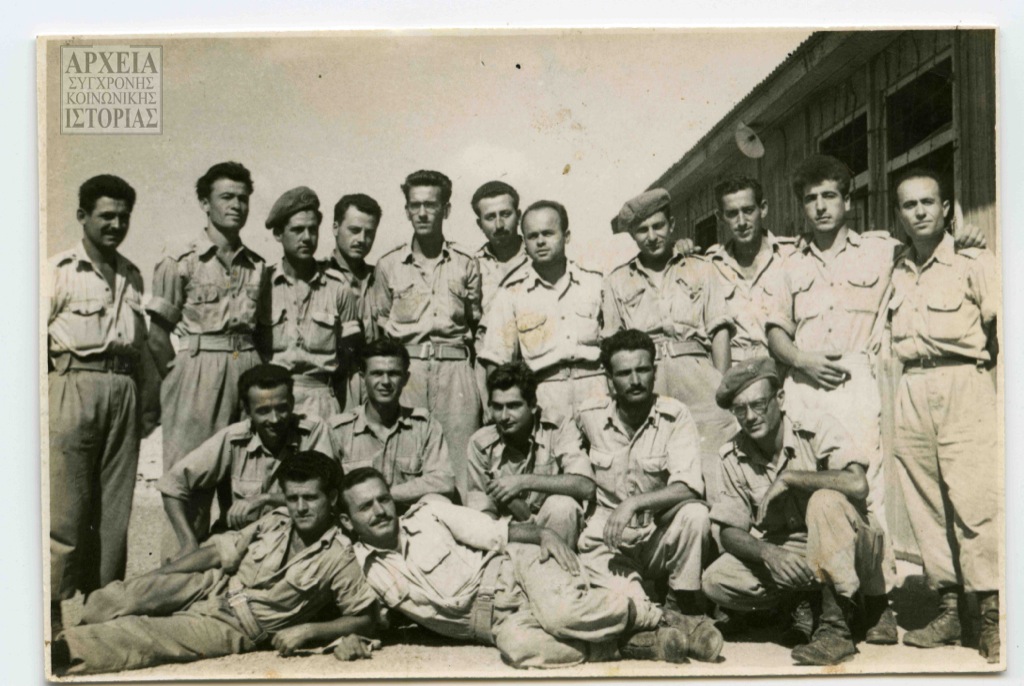1951-1961
The beginning of the end of the military camps on Makronissos began in 1950. The civil war had ended in August 1949, but the Makronissos camps continued to operate, the number of detainees swelled, and the allegations in the press about conditions within them multiplied. After the 5 March 1950 elections and Nikolaos PlastirasPlastiras NikolaosVenizelist general who entered politics in 1945, leading the National Progressive Centre Union (EPEK) in the March 1950 elections and heading a government until August 1950. He introduced reconciliation measures that eased some pressure on persecuted National Liberation Front (EAM) members.’ appointment as prime minister, the governmentPlastiras GovernmentIn the March 1950 elections, the Popular Party and the Liberal Party that had led the government during the Greek Civil War failed to win a majority. The newly formed National Progressive Centre Union (EPEK) under General Nikolaos Plastiras, whose central campaign theme had been reconciliation, formed a short-lived government until August 1950. This period was dubbed the “centrist break”, during which clemency measures were introduced for political detainees and exiles. These measures included changes in operations at Makronissos military camp: all troops who had signed repentance declarations and whose class had been discharged were released, as were civilian signatories. Those refusing to sign were transferred to the camp for political exiles at Ai Stratis. proceeded to change the military camp’s command, with the appointment of Major General Vrasidas PapagiannopoulosPapagiannopoulos VrasidasVenizelist major-general who was retired for health reasons in the interwar period but brought back into service under the Plastiras government to head the Organisation of Makronissos Rehabilitation Centres (OAM). The reconciliation measures for Makronissos detainees and exiles were implemented during his leadership of the organisation., while it also drastically curtailed the camps’ operations. The decisive step was taken in summer 1950, when thousands of political exiles were transferred from Makronissos to Agios EfstratiosAgios Efstratios (Ai Stratis)Island located in the northeastern Aegean; in addition to its use as a place of internal exile, it was where Makronissos detainees who had not signed declarations of repentance were transferred after the Plastiras government introduced clemency measures in 1950. Many of these non-repenters remained there until the early 1960s. (men) and TrikeriTrikeri, MagnesiaIsland in the Pagasitikos Gulf used as a place of internal exile for women during the Greek Civil War. In 1949, the exiles were transferred to the Special Women’s Rehabilitation School (ESAG) on Makronissos. (women) islands. The camps continued to operate until 1957 while the military jails remained in use until October 1960. In February 1961, the last soldiers guarding the facilities left Makronissos.
Related archives

